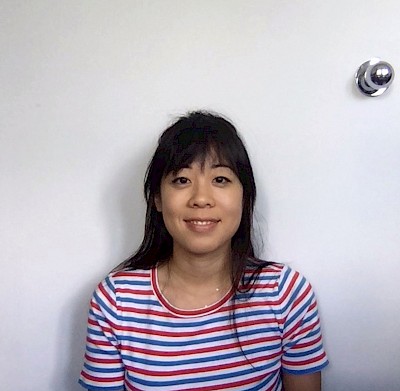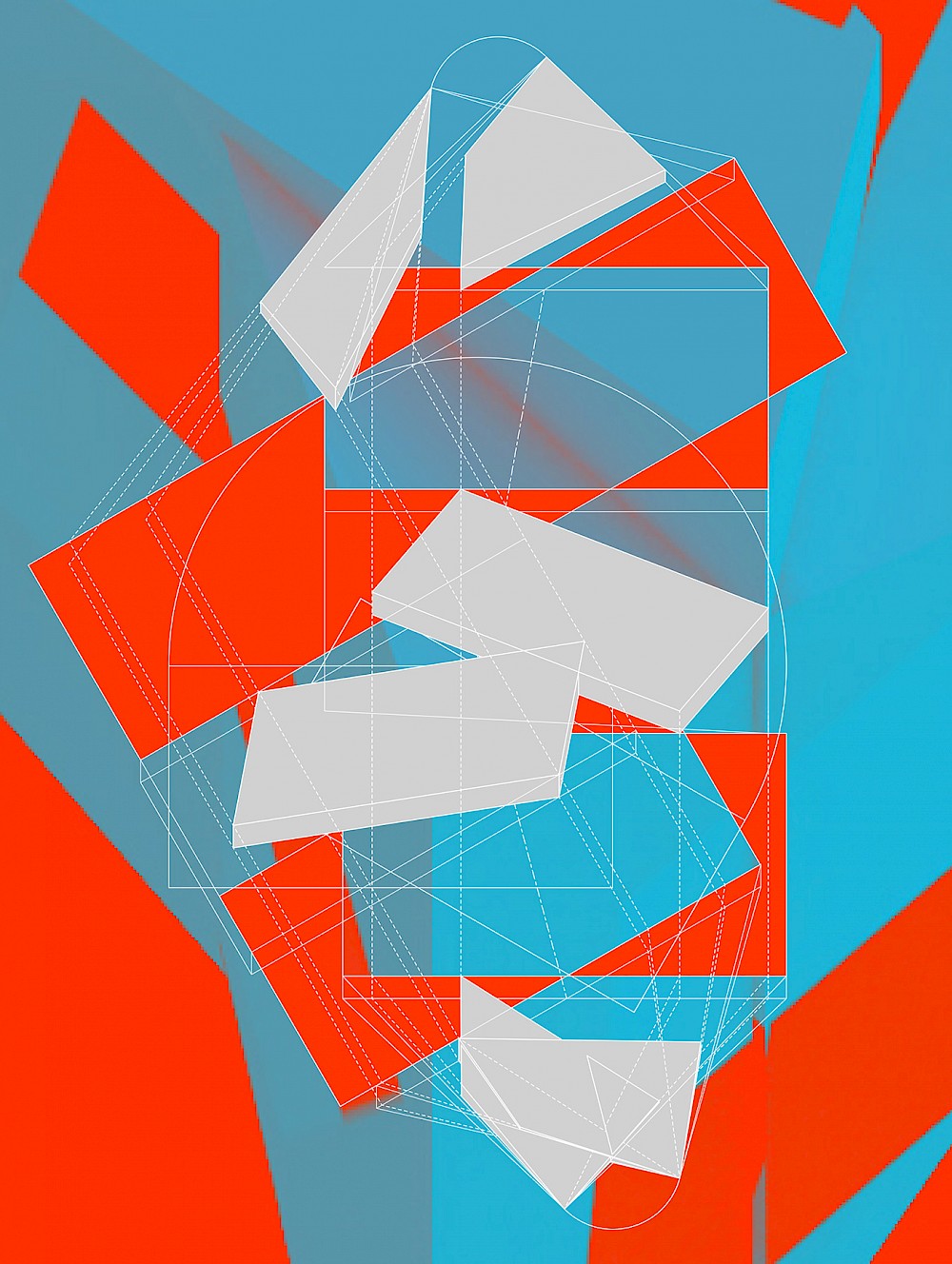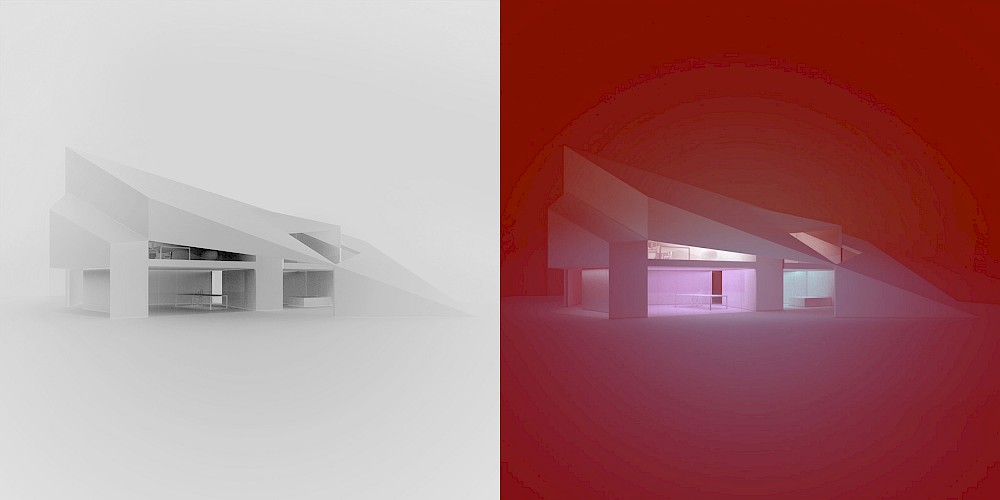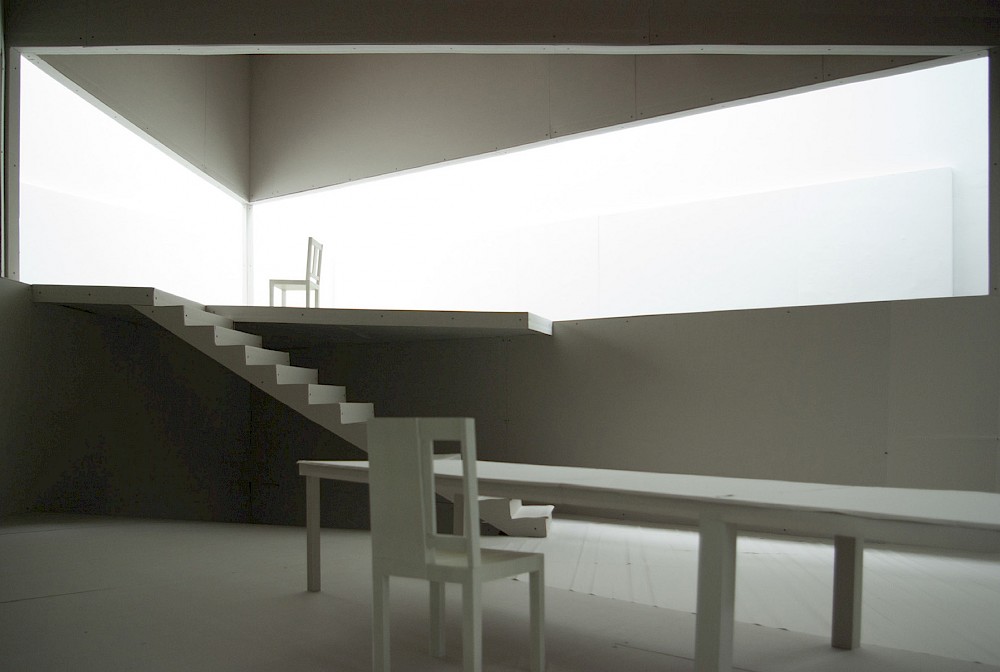BIENNIAL PROJECT
Deep Color; or, the Casting of Shadows by Electric Light
Michelle Chang’s Deep Color uses observations of Renaissance painting conventions as a way to rethink digital tools. In particular, the term canigiante (to change) was the mode of rendering shadow and highlights and dealing with the color possibilities of pigments at that time.
Most often used to render depicted fabrics and drapery, the technique involves a change in the hue to model shadow. It is what Chang calls an instance of ‘false’ color, where the painted effect interrupts what would be seen by the eye. There are many instances of false color in the history of the visual arts and scientific imaging.
Chang’s project is based on the color palettes from three images: the Eleazar and Matthan lunette in Michelangelo’s Sistine Chapel fresco, NASA’s false color analysis of California’s Imperial Valley, and a photograph of a white door. Chang diagrams the differences between each picture’s true and false color palette, the differences between a photograph and a digital rendering, and the role that lighting plays as an active agent in rendering false color.
BIO
Michelle Chang lives, practices, and teaches in Houston, Texas. She is currently an assistant professor at Rice University where her research explores the translations between design and building as they relate to optics, digital media, and cultural production. She studied architecture at Harvard’s Graduate School of Design and international relations at Johns Hopkins University. Her work was recently selected for an Architectural League Prize for Young Architects + Designers.






